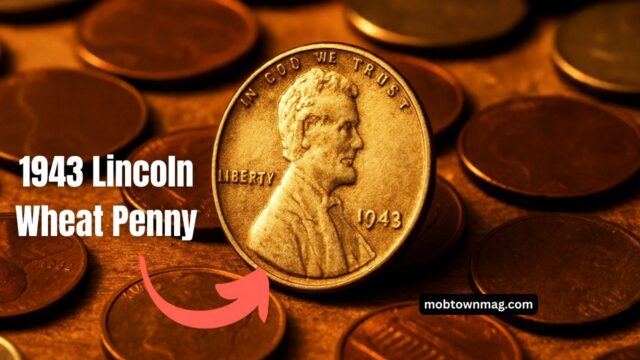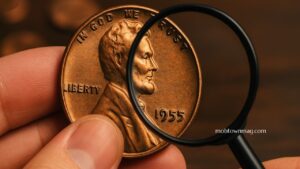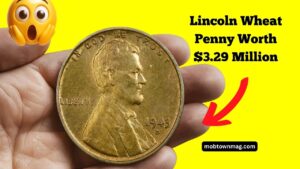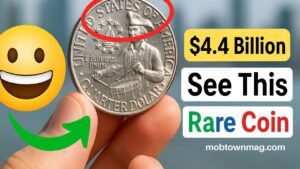In 1943, the United States Mint made nearly all Lincoln Penny from zinc-coated steel to conserve copper for wartime needs.
A tiny handful were mistakenly struck on leftover bronze planchets.
These off-metal errors are among the most famous coins in American numismatics and remain headline makers when examples surface.
The best documented auction result is the unique 1943-D bronze cent, graded MS64 Brown by PCGS, which realized $840,000 at Heritage Auctions in 2021, while reports and dealer pricing guides often place top specimens in the mid six to low seven figures, explaining why you will see headline valuations around $854,000 for an authenticated discovery.
How many exist and where they were struck
Most known bronze strikes are from Philadelphia, a few from San Francisco, and only one from Denver.
Estimates vary, but hobby references commonly cite around a couple dozen known across all mints, with the Denver coin unique.
This extreme scarcity is why verified finds from pocket change or old accumulations can command extraordinary sums.
Identification checklist before you get excited
Many 1943 Penny are ordinary steel cents that look silver-gray and are magnetic. Genuine bronze errors are not magnetic, weigh about 3.11 grams, and show a brown copper color.
If your 1943 cent is not attracted to a magnet, do not clean it. Get it authenticated by a leading grading service.
Recent media and collector guides repeatedly warn about altered dates and copper-plated steel fakes.
Recent prices and why values differ
Prices depend on mint mark, grade, provenance, and market demand.
The only known 1943-D bronze cent has traded privately as high as $1.7 million and later sold at public auction for $840,000.
High-grade Philadelphia and San Francisco bronze Penny have brought several hundred thousand dollars, with some reports placing values for top examples around the half-million mark.
Quick facts
| Detail | What to know |
|---|---|
| Standard 1943 cent metal | Zinc-coated steel, magnetic |
| Error metal for rarity | Bronze planchet, not magnetic |
| Typical weight | About 3.11 grams for bronze error |
| Known rarity | Philadelphia several known, San Francisco very few, Denver unique |
| Headline valuation often cited | Around $854,000 for an authenticated top specimen |
| Documented auction record | 1943-D bronze MS64 BN sold for $840,000 in 2021 |
| Highest reported private sale | 1943-D bronze reportedly sold for $1.7 million in 2010 |
Step by step: what to do if you find one
- Magnet test at home. If it sticks, it is steel and common. If it does not, proceed.
- Weigh the coin. Around 3.11 grams suggests bronze.
- Seek professional authentication from a top grading service.
- Avoid cleaning. Cleaning can reduce value dramatically.
- Consult multiple specialists for consignment and auction strategy.
A genuine 1943 bronze Lincoln Wheat Penny remains a dream find.
While news headlines often round values to figures like $854,000, the most reliable benchmark is the $840,000 public auction record for the unique 1943-D bronze cent, with exceptional pieces sometimes trading even higher privately.
If your 1943 cent passes the basic tests, professional authentication is the crucial next step to unlock its full market potential.
FAQs
Is any 1943 penny valuable
No. Most 1943 pennies are common steel Penny worth modest amounts. Only those mistakenly struck in bronze are the big-money rarities.
How can I quickly tell if mine might be bronze
Use a magnet. Steel Penny stick. Bronze errors do not. Also check color and approximate 3.11-gram weight. Then seek certification.
Which mint mark is the most valuable
The Denver mint mark D has a single known bronze example, the most valuable of the series. Philadelphia and San Francisco bronze Penny are also extremely rare and valuable.




